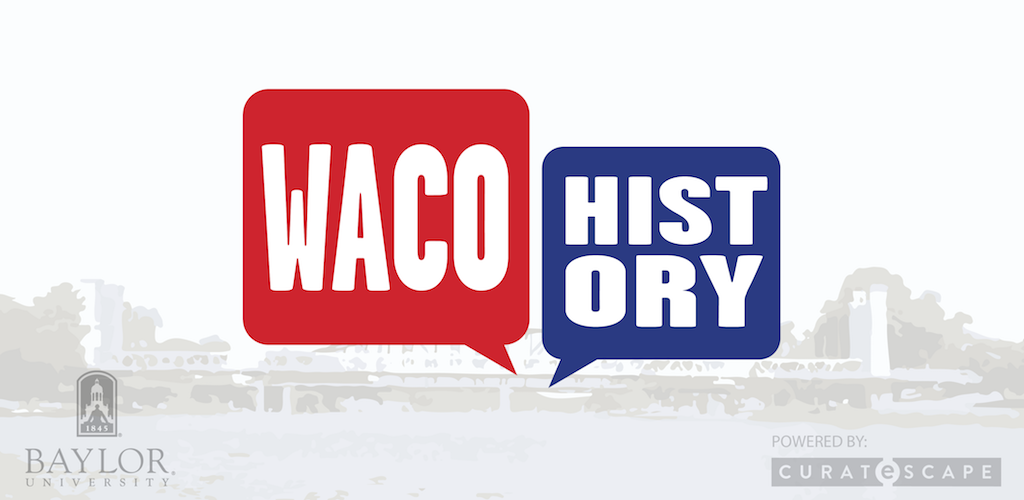Waco History is a free mobile app that puts the history of Waco and McLennan County at your fingertips. Developed by the The Institute for Oral History and Texas Collection at Baylor University, Waco History lets you explore the people, places, and moments that have shaped the community’s history. Learn about the region through layered, map-based, multimedia presentations, and experience curated historical tours of Central Texas.| Waco History
The rapid rise of migrant labor in Texas in the 1940s brought large numbers of laborers to Waco. To accommodate this new situation, the city of Waco acquired funds to build the Waco Farm Labor Camp, a center where workers could stay and receive aid while following the crops. Although the camp was only in operation for about twenty years, it had a long-lasting impact on the Waco community. The Bracero Program, a program through which American farmers in need of laborers could hire Mexican...| Waco History
At a fountain named La Pila, children frequently splashed and played while others took a drink or filled jars and buckets with water. La Pila, meaning “the basin,” was the centerpiece and social hub of the historic Calle Dos neighborhood from the 1920s to the 1960s. Fed by an artesian well close by, the fountain produced warm, drinkable water to a neighborhood in which few had access to running water in their homes. The origin of La Pila is unknown, although Waco newspapers suggest that t...| Waco History



